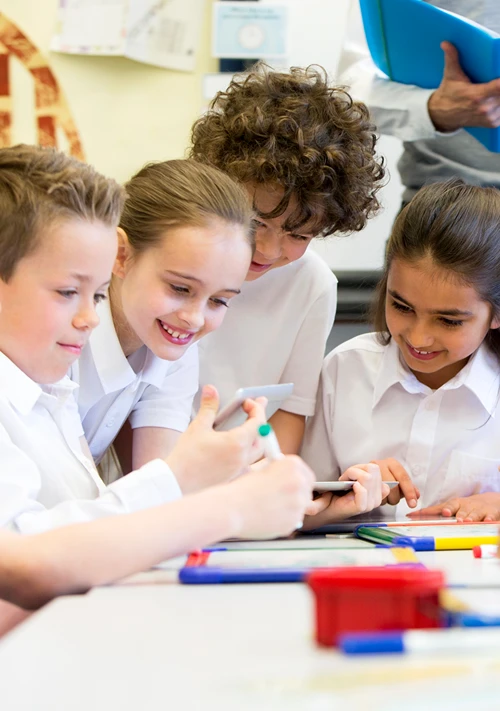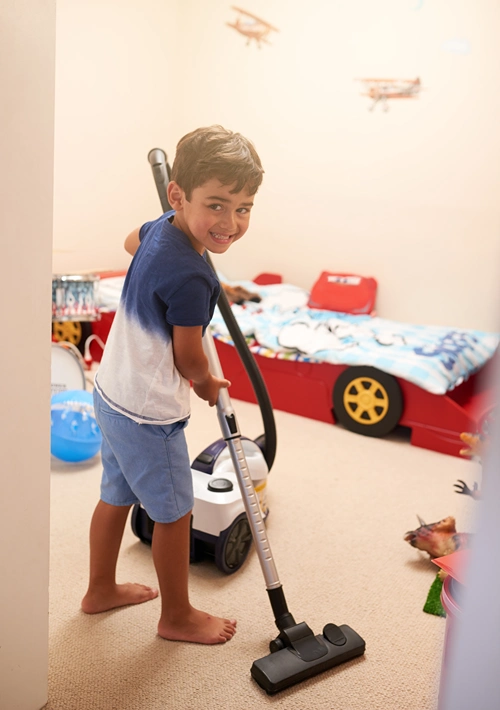Safety First: Choosing Teaching Material Suppliers Committed to Kid-Friendly Solutions
When it comes to providing children with the best learning environment, safety must always be the top priority. In educational settings, teaching materials play a significant role in a child’s development. These materials—whether books, toys, classroom supplies, or learning aids—must be carefully chosen to ensure they are safe and conducive to learning.
For parents, educators, and institutions, it is essential to select teaching material suppliers who are committed to providing products that meet stringent safety standards and prioritize children’s well-being. This article will explore how to choose the right teaching material suppliers that offer kid-friendly solutions while ensuring safety.
Understanding the Importance of Safety in Educational Materials
The materials used in classrooms and learning spaces directly impact a child’s physical health, mental development, and overall learning experience. Unsafe materials—such as those with harmful chemicals, sharp edges, or choking hazards—can cause immediate injuries or long-term health issues. For example, toys or educational items that contain toxic substances like lead or phthalates can harm children’s development and even result in serious illnesses. As such, ensuring the safety of teaching materials isn’t just about preventing accidents; it’s about fostering an environment where children can thrive without risk.
Moreover, safety standards in educational materials can enhance the overall learning experience. Safe, high-quality materials contribute to a positive classroom environment, helping children feel secure and focused on learning. The importance of safety is recognized worldwide, and many countries have set up regulatory bodies that enforce standards for children’s products, including educational materials. Whether it’s books, art supplies, or digital tools, the safety of teaching resources is paramount in creating a productive and risk-free learning environment.
Key Characteristics of Kid-Friendly Teaching Materials
Kid-friendly teaching materials are not only safe but also engaging and developmentally appropriate. These materials are designed to support children’s cognitive, emotional, and physical development. When selecting educational tools, it’s crucial to consider factors such as the materials’ durability, toxicity levels, and age-appropriateness.
Non-toxic and durable materials are essential. Items used in classrooms or homes must withstand frequent use while maintaining their structural integrity. For instance, plastic toys or learning aids should be made from BPA-free, non-toxic plastics to avoid exposure to harmful chemicals. Materials like paints, markers, and art supplies should be free from solvents and lead to ensure children’s safety when they come into contact with them.
Equally important is choosing materials that promote active learning. Interactive toys and educational games not only keep children engaged but also stimulate their creativity and problem-solving skills. From educational puzzles to building blocks, kid-friendly teaching materials encourage hands-on exploration, which is key to early childhood development. The design should also foster safety; for instance, rounded edges and sturdy construction reduce the risk of accidents during play or learning activities.
Essential Safety Standards and Certifications to Look For
When selecting teaching materials, one of the most crucial steps is ensuring that products meet established safety standards. There are several certifications and regulations that suppliers should adhere to guarantee their products’ safety for children.
For example, the American Society for Testing and Materials (ASTM) sets global safety standards for toys and other children’s products. Products with the ASTM certification have undergone rigorous testing to ensure they meet safety requirements. Another widely recognized certification is the Consumer Product Safety Improvement Act (CPSIA), which mandates that children’s products sold in the United States be free of harmful levels of lead and phthalates.
In Europe, the EN71 standard governs toy safety, setting specific guidelines for chemical content, mechanical properties, and flammability of materials. Products that meet this certification undergo thorough testing to ensure they pose no risks to children’s health.
Evaluating Suppliers: What to Look For
Choosing the right supplier is just as important as selecting the right materials. The reputation of the supplier can often provide insights into the quality and safety of their products. A supplier with a proven track record of delivering safe and high-quality educational materials is more likely to prioritize safety and follow regulatory guidelines.
Transparency is another key factor. Suppliers should openly provide information about their products’ safety testing, certifications, and sourcing practices. For example, they should be able to explain how materials are tested for toxicity and durability. If a supplier is reluctant to share this information or if they cannot provide relevant certifications, this may be a red flag.
Equally important is checking the supplier’s history with recalls and safety complaints. If a supplier has been involved in multiple recalls or safety issues, it may indicate a lack of commitment to maintaining high safety standards. Choosing suppliers that are proactive about product testing and recall management helps reduce the risk of receiving unsafe materials.
Conclusion
Choosing the right teaching material suppliers is a crucial decision for ensuring that children have access to safe, high-quality learning tools. By prioritizing safety certifications, evaluating suppliers’ transparency, and looking for materials that are non-toxic, durable, and eco-friendly, educators, parents, and institutions can create a safer, more enriching environment for children. When selecting teaching materials, it’s essential to focus on the long-term benefits of safety—not just in terms of preventing accidents but also in fostering a healthy, sustainable future for children’s education.




 Author bio: Cora Gold is the Editor-in-Chief of women’s lifestyle magazine,
Author bio: Cora Gold is the Editor-in-Chief of women’s lifestyle magazine, 




